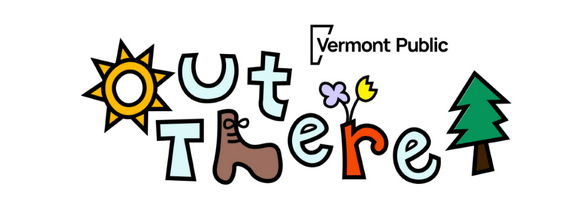The home for Vermont Public's coverage of climate and environmental issues.
Have a story idea? Send us a message or tip.
Latest Stories
-
Consider some unique varieties of this iconic holiday plant. If you fall in love with your choice, it's easy to keep poinsettias alive long past the holiday season.
-
Vermont hawkwatch counting sites saw fewer numbers for the broad-winged hawk population this year.
-
It's been 15 years since Lowell residents voted in favor of a 21-turbine wind project on Lowell Mountain. Now the select board is asking residents to approve spending $50,000 on attorney fees to fight a solar project.
-
Vermont Attorney General Charity Clark and Treasurer Mike Pieciak on what's next for the law, amid legal challenges from the Trump administration.
-
These practical gifts are just right to tackle multiple jobs in the garden.
-
Certain plants used in holiday decorations, like holly berries and mistletoe, can be toxic for kids and pets if they ingest them. Find out which alternatives look just as festive and are safe.
-
The cooperatively owned ski area is trying to raise $2.7 million to purchase and preserve the land.
-
Land owners and enthusiasts are creating connections through Women and Our Woods Vermont, a women-led network.
-
Sow native perennial seeds now and leave them protected and undisturbed over the winter. In the coming seasons, you'll have lots of free native plants.
-
The Department of Public Service has asked all 14 municipal electric companies for information on finances, grid reliability and workforce as issues with utilities in Hyde Park and Burlington come to light.










